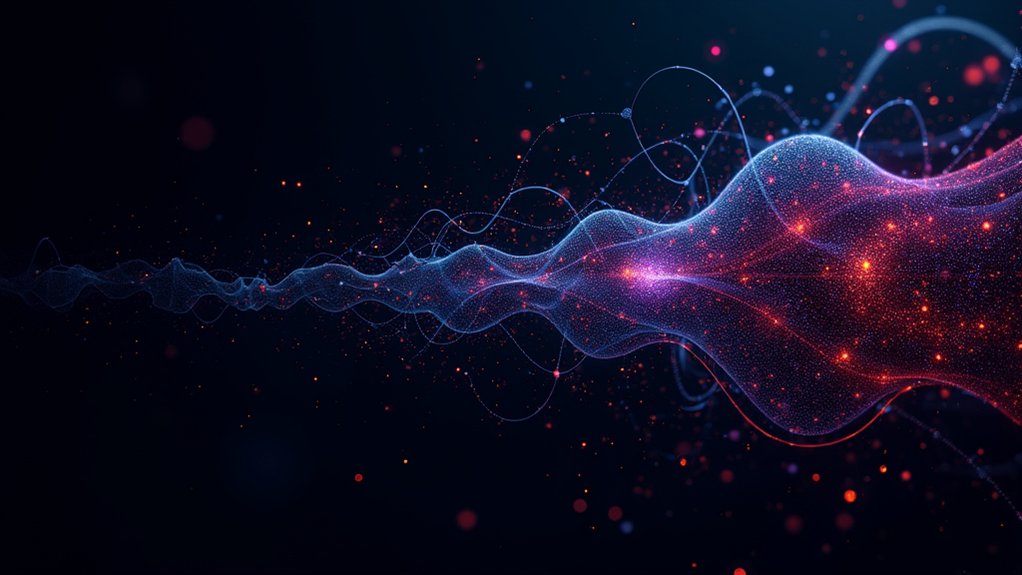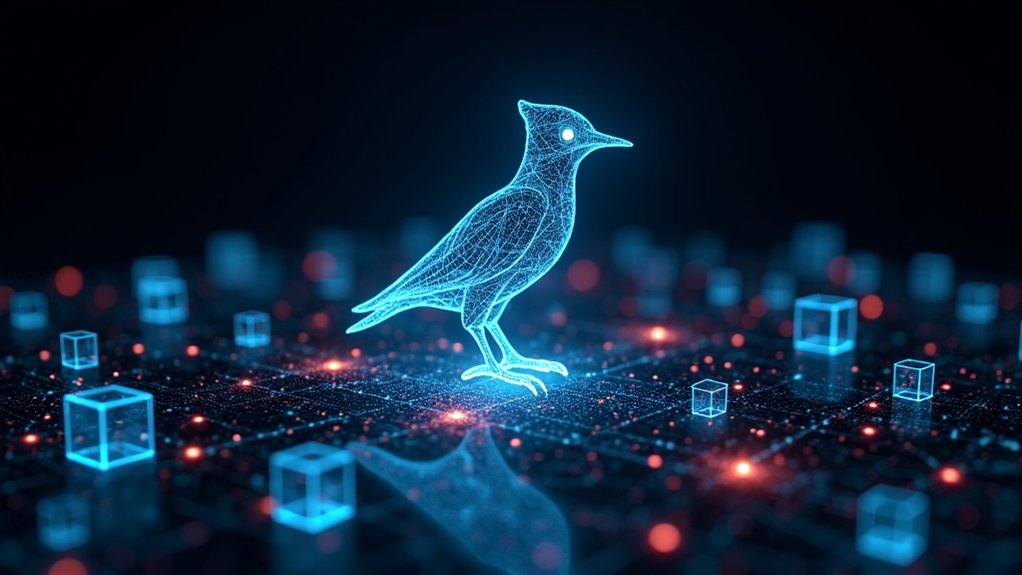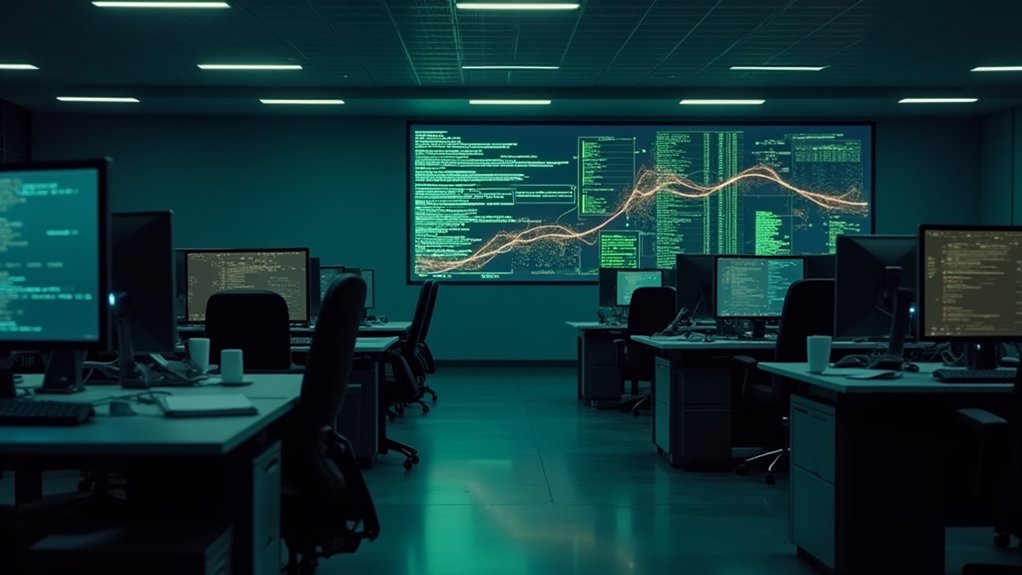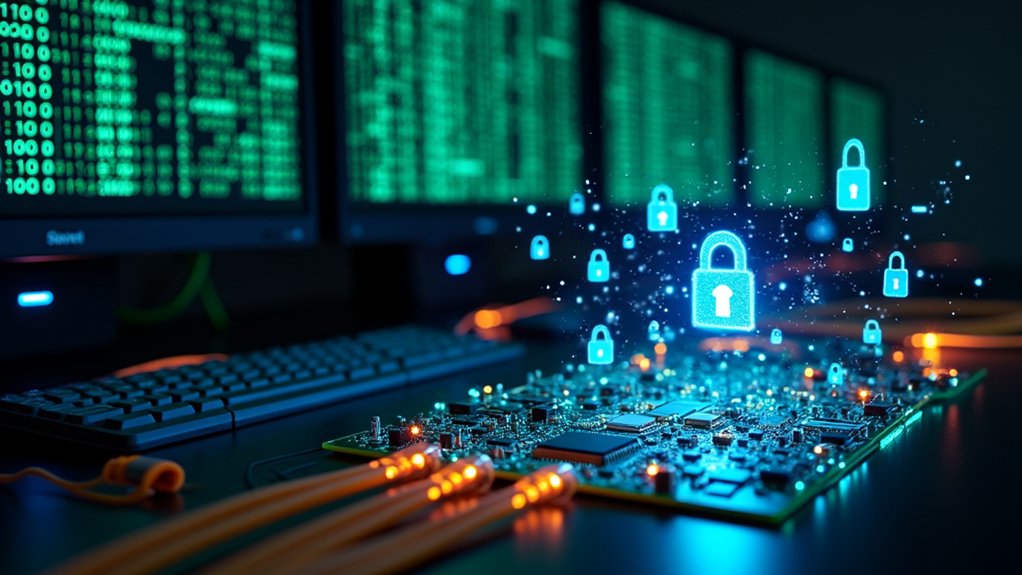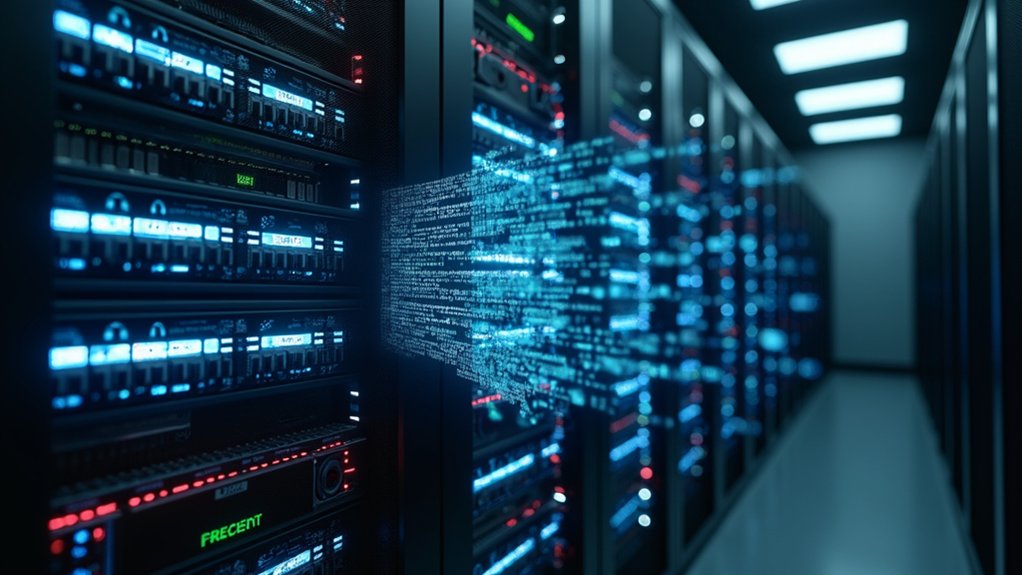Uncertainty clouds the proposed $25 billion acquisition of CyberArk by Palo Alto Networks, as the cybersecurity industry‘s latest mega-deal encounters mounting regulatory, technical, and operational challenges that could reshape the sector’s competitive terrain. The transaction faces significant antitrust scrutiny owing to its massive scale and the consolidation of two sector leaders, as regulatory approval remains pending across multiple jurisdictions alongside required shareholder clearance.
Market reactions underscore investor skepticism regarding the deal’s strategic merits and financial implications. Palo Alto shares plummeted nearly eight percent following the announcement, as CyberArk stock experienced initial gains before pulling back, reflecting broader market volatility surrounding the transaction. The acquisition occurs amid heightened regulatory focus on cybersecurity sector consolidation, with authorities examining potential impacts on market competition and customer choice. This deal follows Google’s $32 billion agreement with Wiz earlier this year, marking the second major cybersecurity acquisition as industry consolidation accelerates. With data breach costs averaging $4.35 million, the consolidation trend reflects growing pressure on organizations to strengthen their security posture.
Integration complexities present substantial operational risks as Palo Alto attempts to merge CyberArk’s privileged access and identity security capabilities into its existing Strata and Cortex product portfolios. This strategic move follows Palo Alto’s April 2025 purchase of Protect AI, demonstrating the company’s aggressive expansion strategy in the AI security space.
Merging two cybersecurity giants’ complex product portfolios creates significant operational risks requiring precise technical execution.
Technical challenges include harmonizing development roadmaps, aligning customer engagement models, and ensuring smooth migration without disrupting existing deployments or support structures. Cultural alignment between the two global organizations adds another layer of complexity, with staff retention emerging as a critical concern for post-merger success.
The combined entity’s focus on AI-powered security introduces novel risks in an era of autonomous agents and machine identities. Integrating CyberArk’s identity specialization with Palo Alto’s AI-focused offerings could create vulnerabilities if precision orchestration fails during platform changes.
Just-in-time access controls, as promising to improve security, require flawless execution to prevent privilege escalation or access gaps that could expose sensitive assets to sophisticated attackers.
The unified platform’s increased complexity may paradoxically expand organizational attack surfaces, making the merged company an attractive target for adversaries seeking to evade AI-based controls.
Fragmenting migration strategies risk creating identity coverage gaps during change phases, as algorithmic biases in AI-driven security features could propagate errors across integrated systems.
These challenges underscore the delicate balance between innovation and security as the cybersecurity industry navigates unprecedented consolidation pressures.


